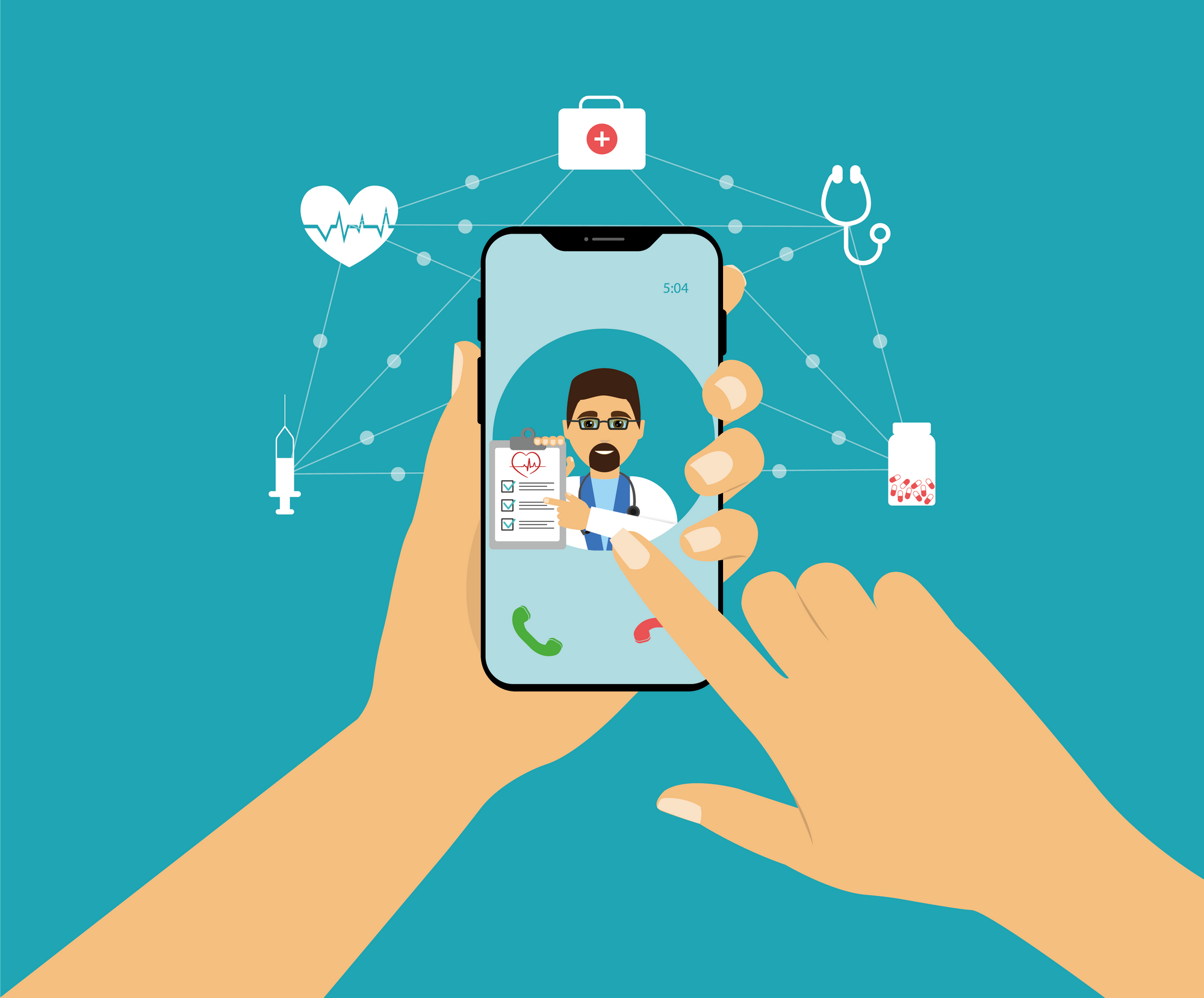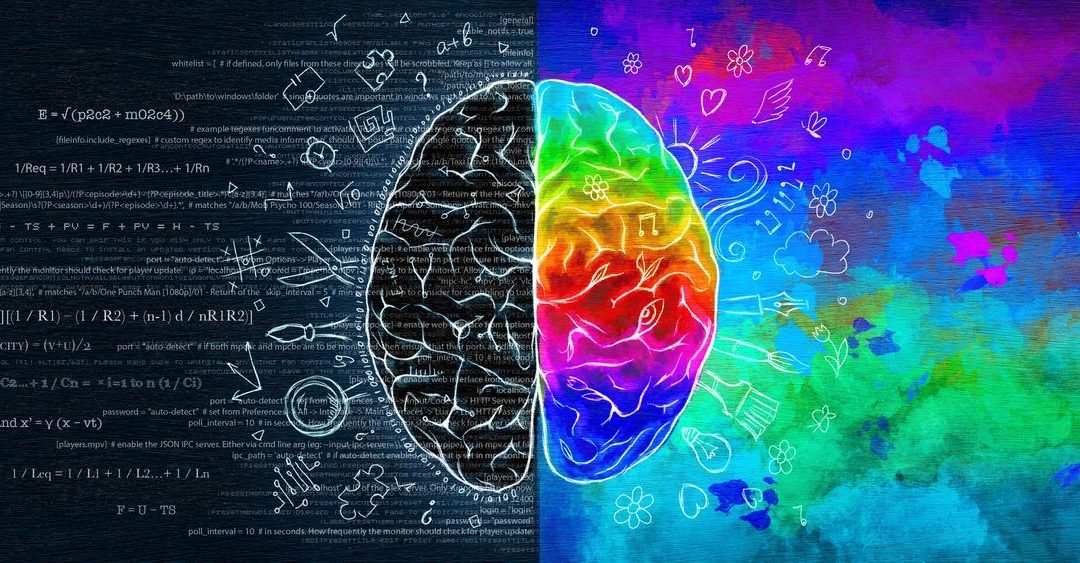
Put together broadband that is a million times faster than today’s, with ultrasound in the home and headphones measuring blood oxygenation – do we have enough imagination to benefit from the development?
Example one: We will each be able to register vital parameters in a way that was previously only possible in hospitals. An example is Apple’s patent for new headphones.
The AirPods of the future will use a built-in light that records the blood oxygenation in real time . They will also be able to measure real-time body temperature (and heart rate, of course).
Oxygen problems for people with COVID-19 clearly indicate what needs the headphones can fill. After all, low oxygenation was a hidden factor for many patients who entered the health care …
Measuring body temperature is also one of the vital parameters that were important to follow in the spring of 2019. The benefits of not having to visit hospitals, or coming in faster, are obvious.
Example two: Butterlfy Networks has developed a small ultrasound scanner that can be used in the home. It is connected to your smartphone and the picture is shared with your doctor, who can guide you while he / she sees the picture coming up. One area that is particularly hopeful is the detection of changes in the appearance of the lungs – which occur in connection with COVID-19 and pneumonia.
The Butterfly instrument works thanks to, among other things, the AR feature available in Apple’s latest mobiles and plates. (Some Android products, too, should be added.)
Much has been written about the fact that this kind of smartphone accessory is “on its way”. As they require the approval of health authorities in different parts of the world, high demands are placed on accuracy – therefore it takes time.
Example three: Exponentially faster broadband is currently being tested by researchers in Australia. A speed of 44 terabits per second – tbps – has been measured. Today’s average at broadband customers Australia is at just over 43 megabits – mbps – per second, which makes the new technology with laser light a million times faster than the one currently available.
To get an idea of what that speed is, it is enough to download a thousand movies in HD in one second. The increased pressure on the world’s networks will require solutions that are significantly faster. Read more here .

Summary: The technological advances will work together to solve many needs in a future healthcare system. The terms “e-health” and “tele-medicine” are not enough to describe the situation we will encounter.
That it will be different, my doctor confirmed the other day: “There is no reason to go back to how we have done patient examinations so far. I estimate that half of my future patient visits will be through FaceTime-like solutions. ”
So we have proof that it is already possible to take a big step in health care. By relatively simple solutions, can be added. What happens if we connect even more of our human superpower – the imagination – with new technology?
Make the future come sooner.

